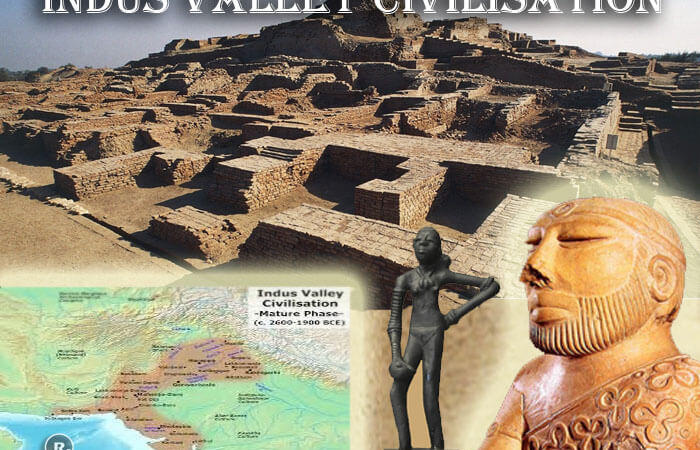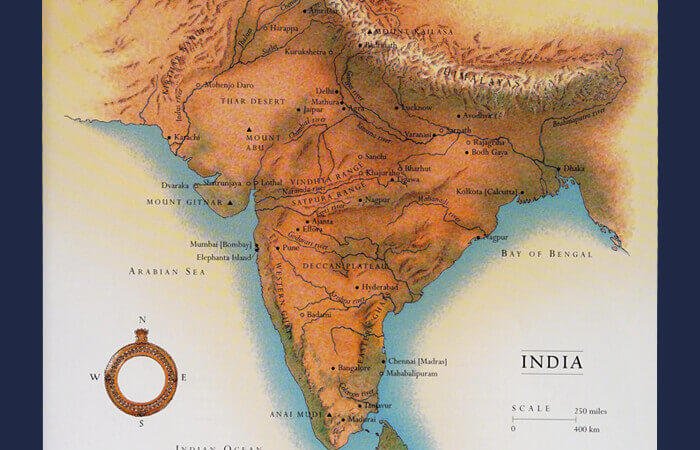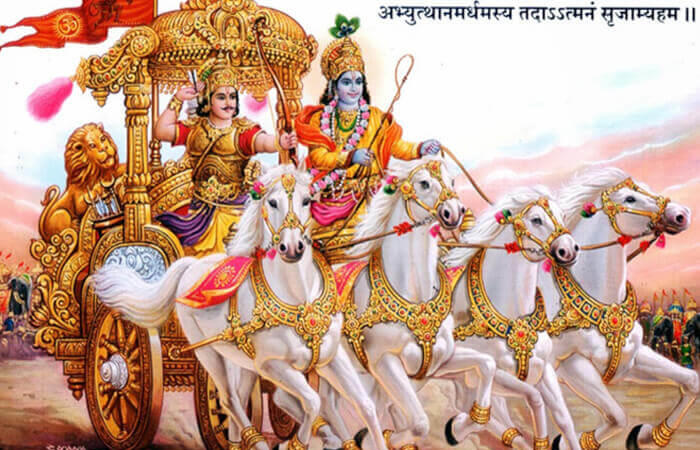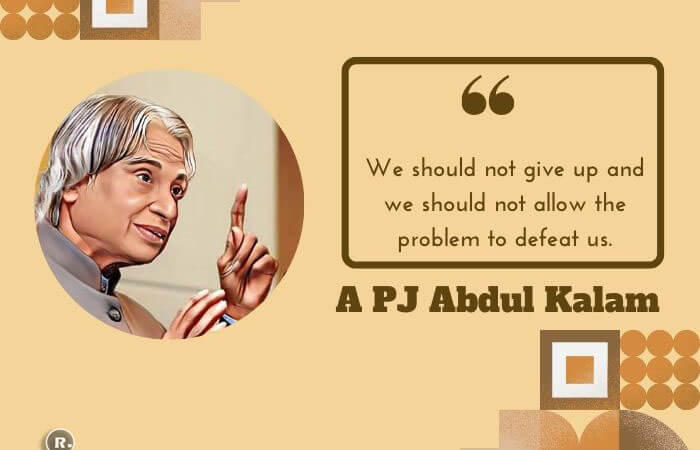Ancient India (2600 BCE- 500 CE)
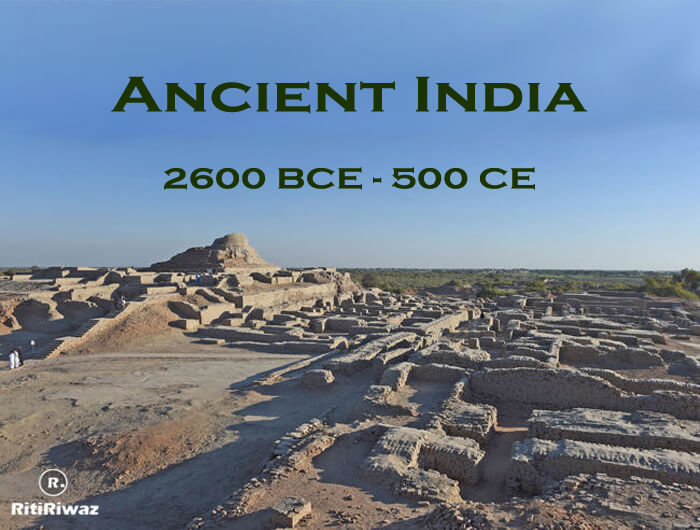
India is separated from other Asian countries by the Himalayas, the highest mountain range in the world. Small gaps in this wall of mountains allowed people to pass through and settle in places like the Indus River Valley.
Indus River Valley gets its name and rich soil from Indus River, which crosses the Himalayas and flows as far as the Arabian Sea. Another river, the Ganges, also cuts through the Himalayas, it empties into the Bay of Bengal.
The two rivers created fertile land for farming, and their banks became the sites of major cities. In the Indus River Valley, the cities of Harappa and Mohenjo-daro emerged around 2600 BCE and grew to nearly 40,000 people. The towns were carefully laid out in a grid.
A Citadel on each city’s highest point protected its most important buildings, like the grain storage houses. The towns had advanced drainage systems. There were public wells, and many building had a bathroom. Tade was prosperous, copper and lumber were the main exports. They were traded with Sumer, and similarities in art suggest the two cultures mimicked each other’s best work.
Around 2000 BCE the Indua Valley farmers began to abandon their land – maybe because of natural disasters and invasions by nomads. Around 1500 BCE, Aryans moved in from Central Asia and mixed with the original inhabitants of the Indus Valley, creating a new culture that eventually spread into the Ganges, located to the east.
The new culture was organized by a caste system called Varnas. Under this caste system, there was no upward mobility. A person born to servant parents was stuck being a servant. A farmer couldn’t become a warrior, and a warrior couldn’t become a Brahman. Everything was determined by your lineage.
The were two major religions Hinduism and Buddhism which originated in India. Hinduism originated about 1500 BCE from the blending of Aryan beliefs with the cultures of the original settlers of India. According to Hindu beliefs, there is one prevailing spiritual power that lives in everything Hindus also believe in many gods and goddesses, including Brahma(the creator), Vishnu (the preserver), and Shiva (the destroyer).
Buddhism appeared as a rival religion in the sixth century BCE. Siddhartha Gautama, a young Hindu prince living in the lap of luxury, left his palace one day to see the devastation of the real world. In the foothills of the Himalayas, he found sickness and poverty, sorrow, greed, love, and death.
Siddhartha decided to abandon his riches to seek the meaning of life and the cure for human suffering. He is the founder of Buddhism and became known as Buddha or Enlightened One. Buddhism’s Eightfold Path says that people must overcome selfish desires and learn to be wise so that they can reach nirvana.
Around 322 BCE, Chandragupta Maurya founded the Mauryan Empire, overthrowing kingdoms along the Ganges River and extending his power over most of northern and central India. His armies were powerful and he had a herd of 9,000 elephants. Chandragupta governed by Absolute Rule, had complete power over his people. He constantly feared for his life. He made servants taste the food to test for poison, and he never slept in the same bed two nights in a row.
Chandragupta’s grandson Ashoka was another powerful leader. He converted to Buddhism after waging a violent war in Kalinga and seeing the devastation it had caused. He spread Buddhism throughout the empire, built hospitals, and practiced religious tolerance.
After Ashoka’s death, the Maurya Empire weakend and was plagued by foreign invasions until 320 CE, when the Gupta dynasty took over. The people enjoyed a golden age of Indian Culture. During this time Indians invented a technique for printing on cloth, the decimal system, and the concept of zero. This golden age of culture and trade lasted until the Huns invaded in the late fifth century CE and fractured India Northern India would remain splintered for hundreds of years.
Suggested Read: India’s Ancient Religion

